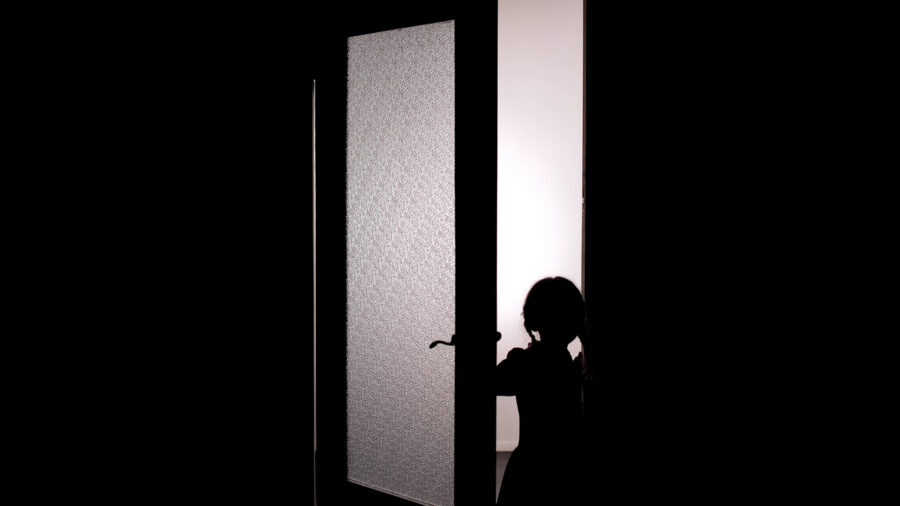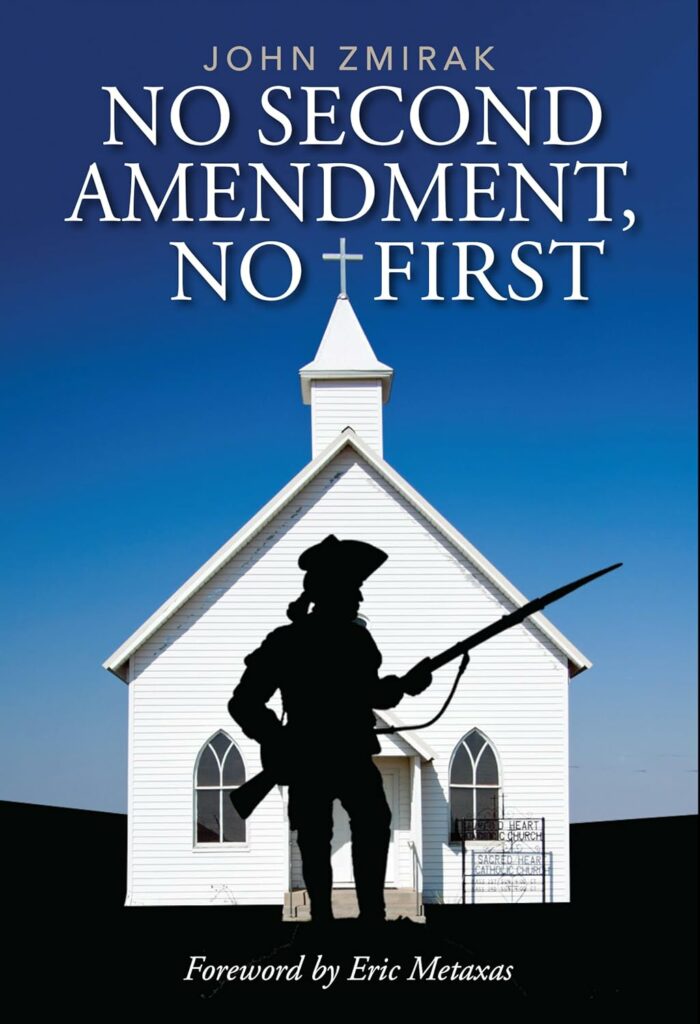Holy Ghosts: How Horror Can Point to Greater Truth

In 1973’s The Exorcist, a demon sets up shop in a 12-year-old girl and refuses to let go — befuddling doctors, terrifying the girl’s mother and ultimately waging all-out war on the two priests trying to cast the demon out.
The movie itself has been equally hard to evict — from movie theaters, at least.
The original Exorcist was back in theaters earlier this month, with Fathom Events celebrating the film’s 50th anniversary. It was joined by The Exorcist: Believer, the sixth entry in the Exorcist franchise. (A seventh is scheduled for 2025.) And while most of those sequels have been pretty middling, the original Exorcist continues to, shall we say, possess a spot on the list of cinema’s scariest — and most shocking — movies. The film, with its graphic depiction of demon possession, caused many a moviegoer’s head to spin, and some questioned why The Exorcist hadn’t been rated X.
But for William Peter Blatty, the author who wrote The Exorcist (the novel on which the movie was, of course, based), his book was a work of faith.
The Exorcist — A Work of Faith?
In an October 2011 interview with Fox News, Blatty (who died in 2017) said, “I do keep wishing — oh, ever so wistfully and, let’s face it, hopelessly — that The Exorcist be remembered at this time of the year for being not about shivers, but rather about souls …”
Even when horror movies don’t deal explicitly with possession and demonic activities, they still ask the big questions that many other films run from. What is evil? Is there life after death? Does it matter what we do with our lives? Do we have souls?
Horror movies are, quite often, about souls: souls that return to the land of the living to rattle chains; souls pursued by supernatural terrors that science can’t explain; souls that, like the 12-year-old-girl in The Exorcist, are teetering on the edge of heaven and hell. Horror movies — films that many Christians would, A) never see and, B) argue that no one should see — can be among the most spiritual, even faith-affirming movies at the cineplex.
Don’t believe me? Think about this: Most secular films avoid religion like many of us would avoid shortcuts through graveyards at night. The very subject terrifies many moviemakers.
Why? Because these storytellers (and the studios that hire them) want to make money, of course. And religion is inherently divisive. Just as many families avoid talking about faith over Thanksgiving dinner (the blessing beforehand notwithstanding), so many films don’t want to risk alienating their audience by injecting discussion of God or Jesus or the afterlife — even when it feels like it’d be completely natural to do so. Life-threatening disasters go without desperate prayers. Deathbed confessions leave unspoken the hope, or fear, of the afterlife.
But supernatural horror films — which, dollar-for-dollar, comprise one of the most lucrative genres in Hollywood — don’t shy away from spirituality, they lean into it. They must.
Big at the Box Office
The Nun II is still haunting theaters, pitting a devout sister against a demon disguised as one. Crosses fend off demons. Prayers stave off evil. While The Nun II is certainly no rigorous theological study, it tells us that supernatural evil exists — and, by the way, so does supernatural good. And for its makers? So do the profits. Produced for an estimated $38 million, The Nun II has earned nearly $250 million worldwide in its first month of release — and that number continues to grow.
The Pope’s Exorcist, starring Oscar-winner Russell Crowe, offered an even more religious take earlier this year. It was considered a modest box-office success, parlaying its $18 million budget to a $76.2 million worldwide gross. It became a hit for Netflix, too. And while the film’s perspective on demons and exorcism is more ludicrous than lucid, its core theme — that good and evil forces are fighting for your soul — sounds a surprisingly resonant tone.
“God is not here!” a demon shouts at a priest in the movie.
“God is always here!” the priest shouts back.
Asking the Big Questions
And even when horror movies don’t deal explicitly with possession and demonic activities, they still ask the big questions that many other films run from. What is evil? Is there life after death? Does it matter what we do with our lives? Do we have souls?
This genre’s stories force its characters — and by proxy, its viewers — to consider the choices they’ve made. They can remind us that science doesn’t have all the answers, and that greater, sometimes terrifying truths lurk beyond. They tell us that evil corrupts and comes with consequences.
Sure, these supernatural horror movies have problems. A legion of them, you might say. They can be bloody, profane and sensual. And the good-versus-evil construct that most horror flicks are built on can take an even darker turn: Sometimes, perversely, evil wins.
Moviegoers, especially Christian moviegoers, are thus right to be wary of horror movies. They are right to be concerned about how those stories’ content and messages might impact their own minds and souls, as well as their children. Going to a scary flick can be like walking into a dark basement with the lights out. It’s always important to have a flashlight of Scripture handy — or not go down there at all.
But I know some people who’ve been led to — not away from — faith by frightening films. Those who saw The Exorcist never saw split-pea soup the same way again. But a few surely saw Christ in a different way, too. Just as Blatty had hoped.
“Be afraid,” said Geena Davis’ character in the 1986 version of The Fly. “Be very afraid.”
Horror movies exist to frighten us. But good horror movies ask us to think, too. And the best ultimately remind the faithful of Joshua 1:9: “Have I not commanded you? Be strong and courageous. Do not be frightened, and do not be dismayed, for the Lord your God is with you wherever you go.”
God is always here.
Paul Asay has been part of the Plugged In staff since 2007, watching and reviewing roughly 15 quintillion movies and television shows. He’s written for a number of publications including Time, The Washington Post and Christianity Today, and has authored several books. Feel free to follow him on Twitter @AsayPaul.


